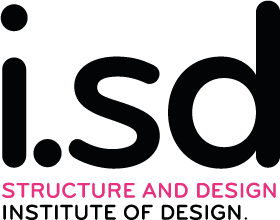Robot-assisted architecture, also known as robotic architecture, has developed considerably in recent years and is no longer only found in academic research, but is also becoming increasingly important in the private sector.Robotic architecture is used in many different areas, from art to complex component development, with a focus on additive digital manufacturing processes. These offer considerable design advantages, especially in the production of non-standardized architectural elements. Additive manufacturing is defined as a three-dimensional printing process in which building materials are added at predetermined points in order to achieve a specific geometry. Compared to conventional construction methods, functional and aesthetic requirements can be implemented more easily.
Concrete and clay are currently one of the most widely used materials in additive robotics production, which is why their application methods are highly developed. Increasingly, however, ecological building materials are also being incorporated, which were previously processed subtractively (sawing, milling) or by bending. These environmentally friendly materials offer health and sustainability benefits, as no harmful substances are released during processing and use. Wood, as one of the most popular ecological building materials, is mainly used as a wood chip material, which is either flat or complex pressed, but organic materials such as straw and dried, aromatic plants are also conceivable as a basic material for additive digital manufacturing.
In addition, various sensory stimuli can be evoked. These can be used in the end elements as visual, but also primarily as olfactory and haptic stimuli to create interesting surfaces, especially in the interior. For example, these structures could be suitable for wall panels, sculptures or even columns. The combination with simple mechanical processing steps is also possible, which is why the object can be milled or cut in a further work step. In this work, the method of additive robotic production is to be further developed with various ecological materials. In particular, wood, cellulose and hay in combination with various additives (lavender, coffee, etc.). Among other things, experiments will be carried out with the influence of different binders and their mixing ratios on the final design of the end effector (tool).

